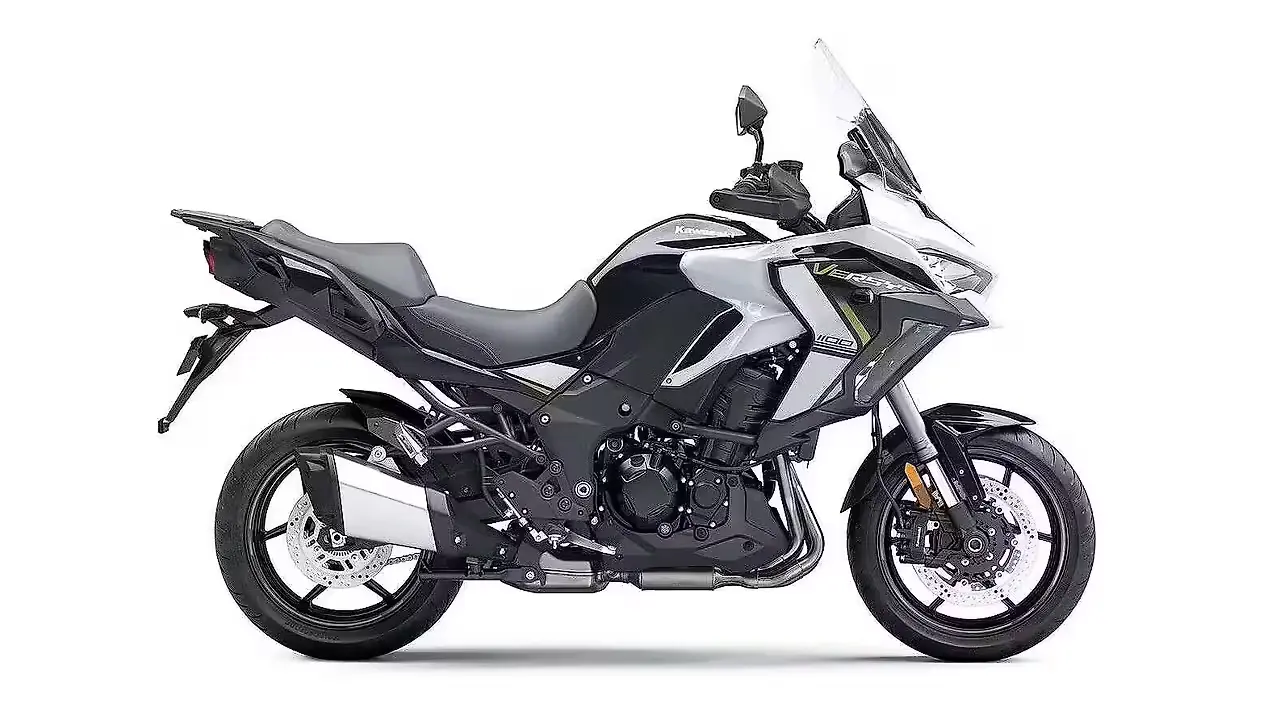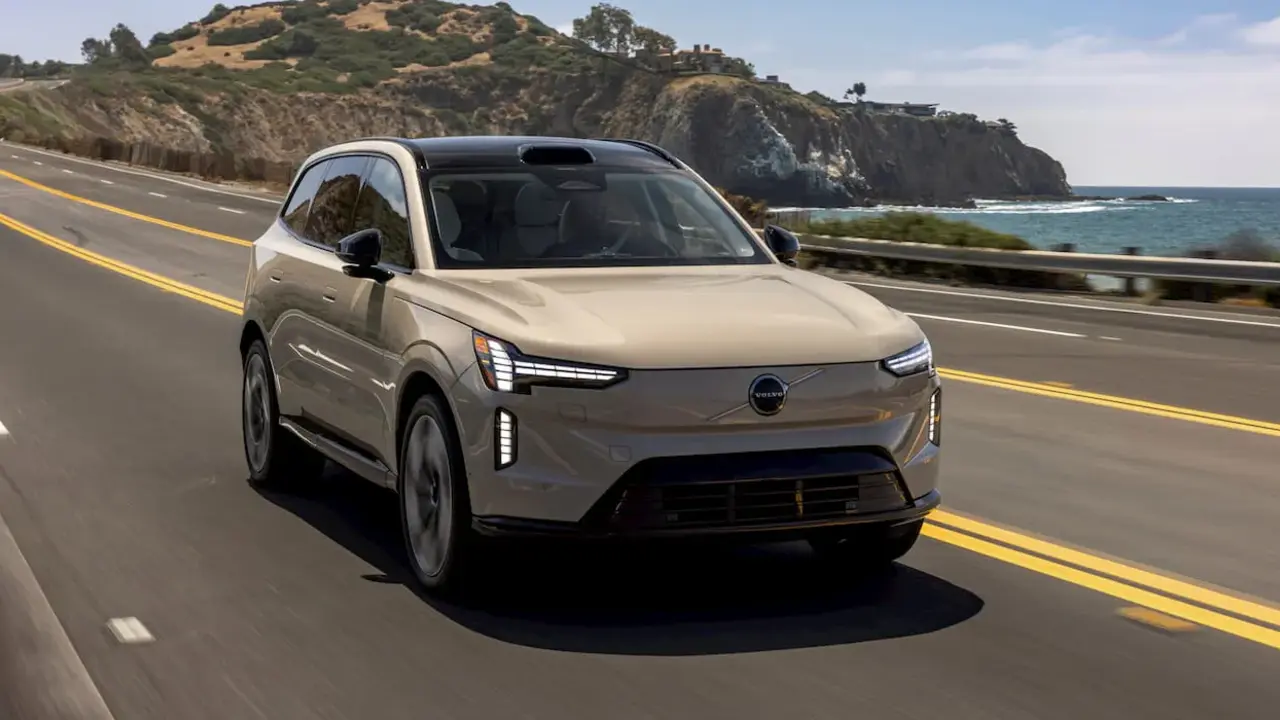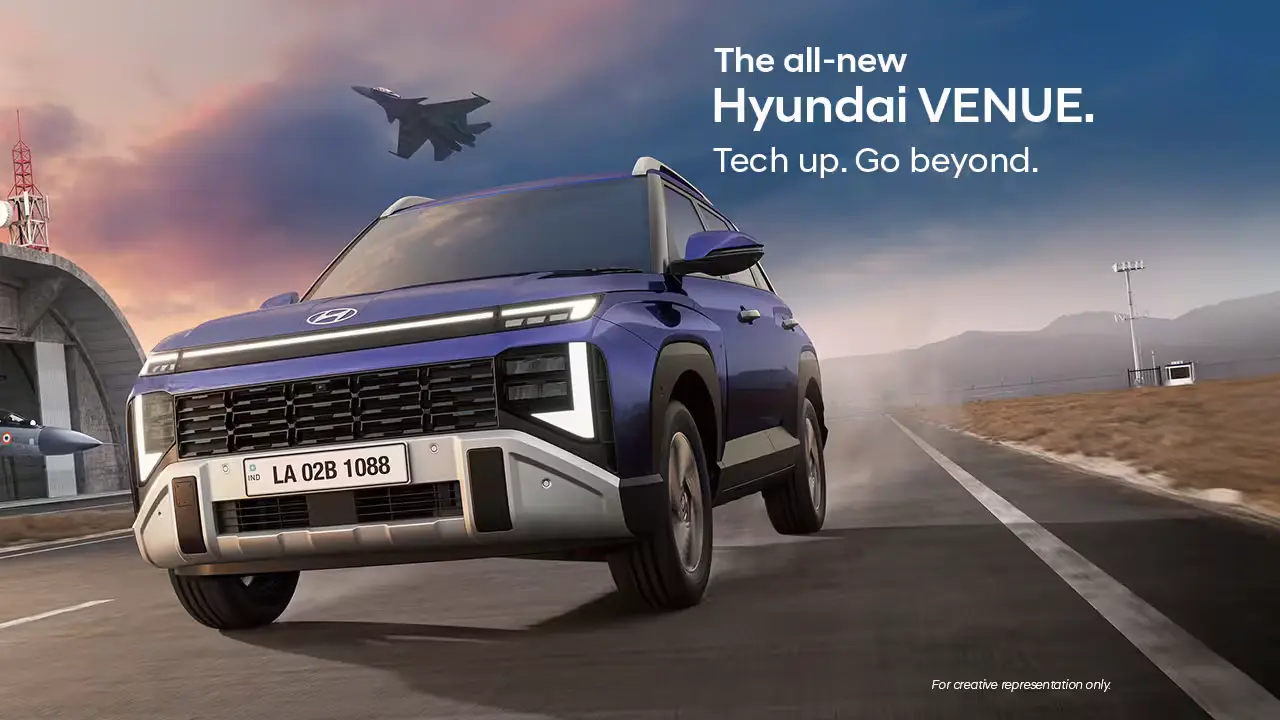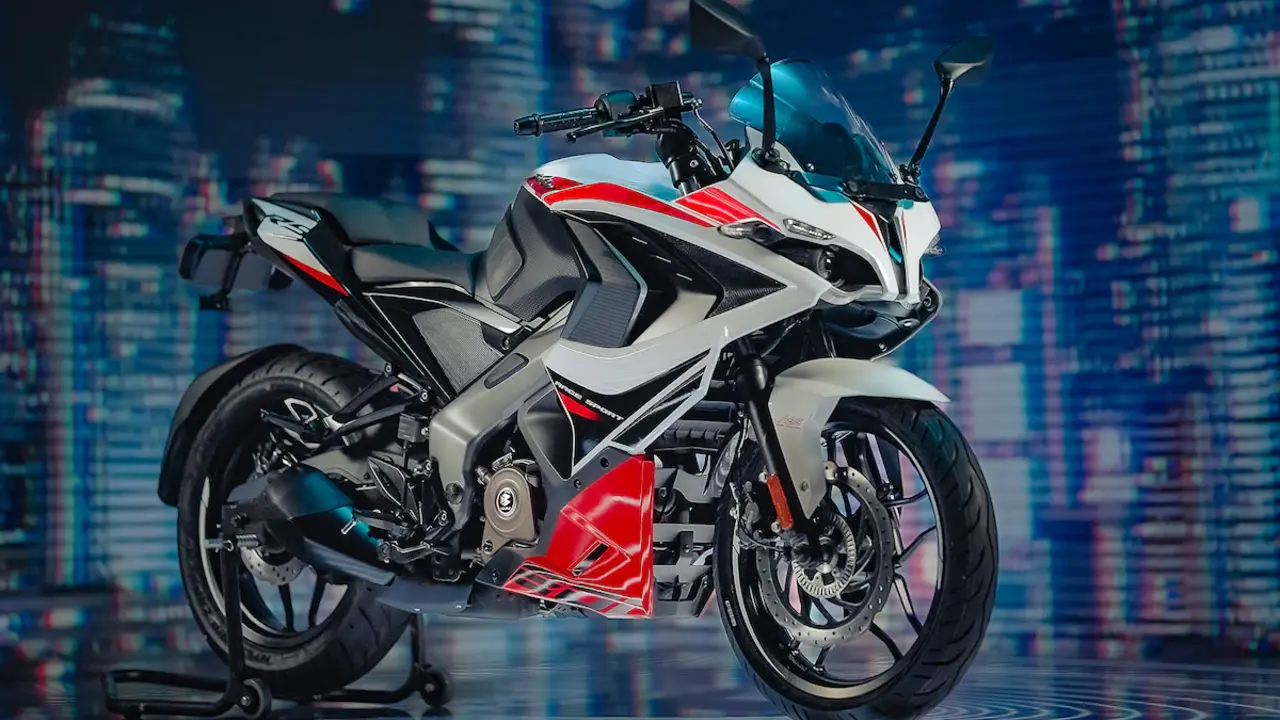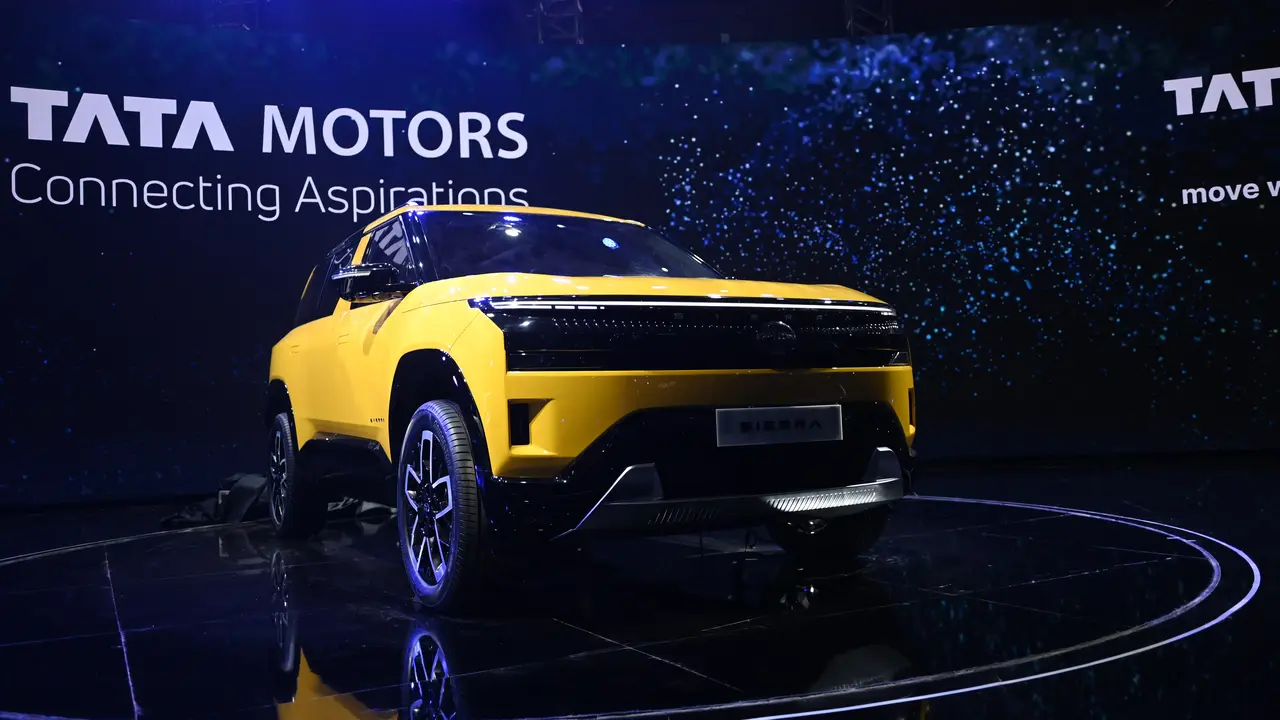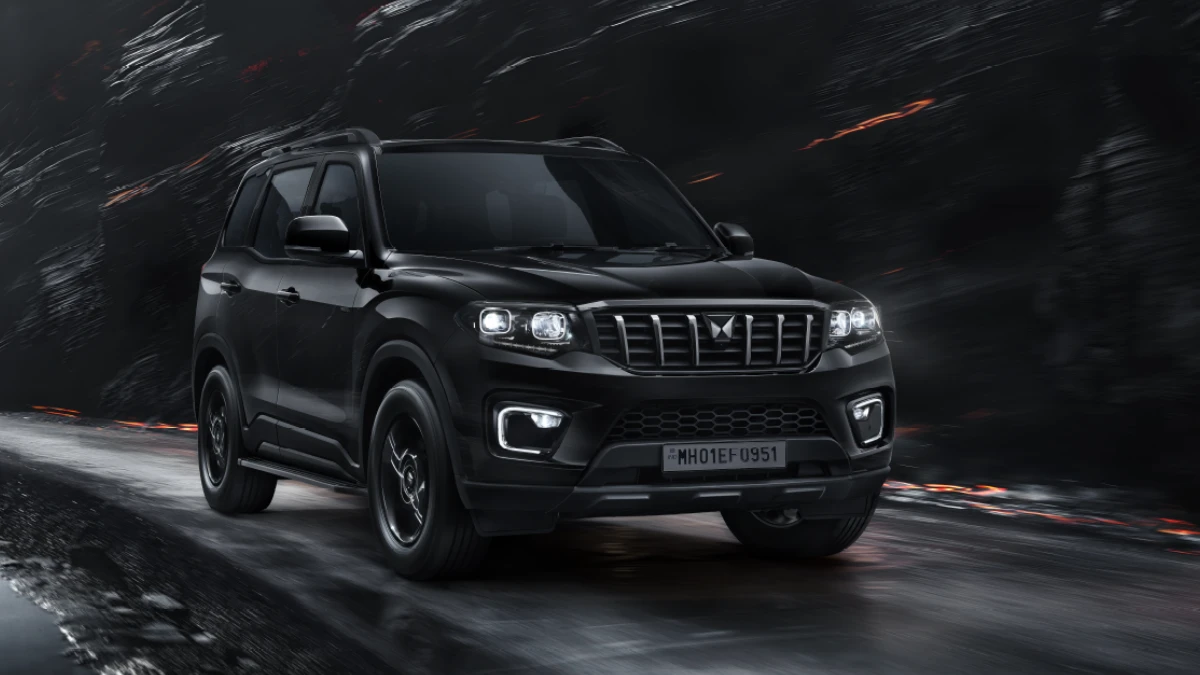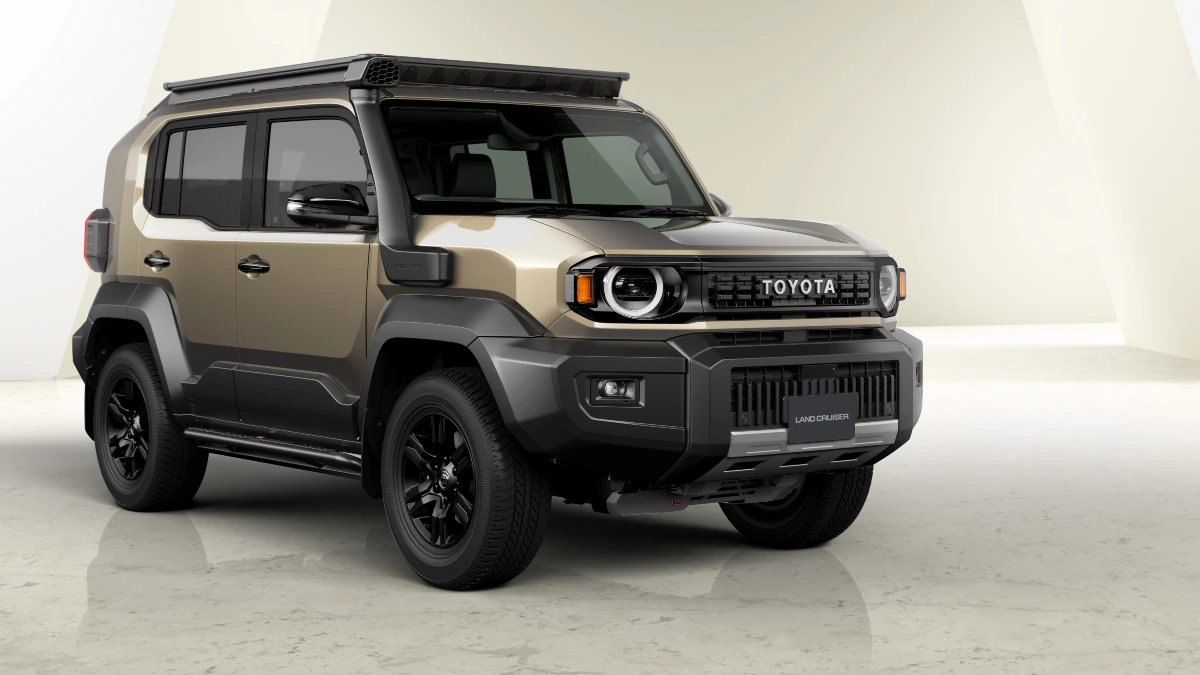I still get a grin when I think about the first ride on the 2026 Kawasaki Versys 1100. Kawasaki took a familiar name and sharpened nearly every detail. In this post I’ll walk you through what changed, why it matters, and how the new Versys 1100 stacks up as a sport-tourer that makes cars jealous of its tech and comfort.
What’s new under the hood
The heart of the 2026 Kawasaki Versys 1100 is a reworked in-line four that now displaces 1,099 cc (up from about 1,043 cc). Kawasaki quotes roughly 135 PS (≈133 hp), and the bike gains stronger, more usable midrange torque. You can feel the difference thanks to mechanical and tuning changes: longer center intake funnels, revised cam profiles and ECU maps, a heavier flywheel, and a secondary balancer to cut vibration.
What that means for you: smoother low-speed manners, easier overtakes on two-lane roads, and more confidence when you’re fully loaded with luggage. On paper and in practice, the powertrain is tuned for real-world touring rather than racetrack peak numbers.
Transmission, driveline, and real riding benefits
Kawasaki didn’t stop at the engine. The gearbox gets updated gear ratios and a new rear sprocket (42T) to improve drivability. The Kawasaki Quick Shifter (KQS) is now effective down to 1,500 rpm, so you can shift clutchless at lower speeds without the jerks you sometimes get on older bikes.
I tested low-speed city shifts and short highway bursts: the KQS felt noticeably smoother, and the 42T sprocket helps keep the engine in that friendly midrange when you’re climbing hills or passing slow traffic. If you tour a lot, these small changes add up to less fatigue and more relaxed miles.
Modern electronics and rider aids
One thing that surprised me was how tech-rich the new Versys feels. It has a full IMU-enhanced electronics package that includes ride modes, traction control, cornering lights, and electronic cruise control. The TFT instrument cluster pairs with Kawasaki’s RIDEOLOGY app, so you can use smartphone connectivity and voice commands while on the go.
In real-world terms, the electronics deliver tangible benefits: cornering lights that help you see apexes at dusk, cruise control that keeps highway miles calm, and traction control that lets you explore a bit more without feeling unsafe. The SE trim adds Showa electronically-damped suspension, which I found particularly useful when moving between twisty mountain roads and rougher backroads.
Chassis, comfort, and touring practicality
The chassis keeps the Versys’ upright ergonomics, 17″ wheels, and long-travel suspension tuned for mixed-road touring. Wind protection is good, the seat is comfortable for long days, and Kawasaki designed an easy-to-fit pannier system for luggage. Practical touches include a handlebar-mounted USB-C port, an adjustable windscreen, grip heaters on higher trims, and a larger 260 mm rear brake disc.
One concrete example of practical use: Kawasaki supplied Versys 1100 bikes as support vehicles for the Tour de France in 2025. That’s a strong real-world endorsement — these bikes had to handle heavy duty, long hours, and tight climbs while carrying gear and passengers. If they can do that for a major event, they can handle your next long weekend trip.
Key specs at a glance
| Item | 2026 Versys 1100 |
|---|---|
| Engine | 1,099 cc inline-four |
| Power | ~135 PS (≈133 hp) |
| Notable drivetrain changes | Heavier flywheel, secondary balancer, 42T rear sprocket, KQS from 1,500 rpm |
| Electronics | IMU, cornering lights, ride modes, traction control, cruise control, TFT + app |
| Suspension | Long-travel; SE: Showa electronic damping |
| Practical features | USB-C, adjustable screen, pannier mounts, grip heaters (higher trims) |
How it compares to rivals — and why cars might envy it
When I line the Versys 1100 up against other large sport-tourers, a few things stand out. First, the strong midrange and smoother low rpm behavior make it less work to ride for long distances — that’s something people often credit to cars with automatic transmissions. Second, the electronics and comfort features put it in the same convenience league as many modern cars. Cruise control, easy smartphone integration, and adjustable wind protection make long rides less tiring.
Consider these stats and facts: Kawasaki tuned the bike for usable power (≈133 hp) and added hardware to reduce vibration and improve tractability. The SE’s Showa electronic suspension behaves a lot like adaptive damping systems in cars — adjusting to road conditions and load. For riders who spend more time on highways and long routes, the Versys feels more like driving a well-equipped car than riding a raw sportbike.
Real-world impressions and scenarios
I took the bike on mixed roads and ran a two-day tour with full luggage. With the heavier flywheel and revised gearing, I noticed fewer downshifts when slowing for corners — the motor stayed planted in the midrange. The KQS working down to 1,500 rpm made city stop-and-go easier because I could up/down-shift without grabbing the clutch constantly.
One rider I spoke with had the SE model with panniers and reported averaging 360–420 miles per day on highway stretches on a single pump (dependent on speed and load). That lines up with Kawasaki’s intent: make a bike that covers distance comfortably and keeps you feeling fresh at the end of the day.
Trim choices and color notes
Kawasaki announced fresh 2026 colourways like Metallic Deep Blue/Metallic Diablo Black and Emerald Blazed Green/Metallic Diablo Black. The SE trim includes a higher-spec suspension and more convenience items like heated grips. If you want electronics and comfort that feel close to a high-end car, the SE is worth considering.
Also Read: Hyundai to Launch First Indian EV SUV and Creta Hybrid by 2027!
Final Thoughts
In short, the 2026 Kawasaki Versys 1100 isn’t just an update — it’s a clear step toward making a sport-tourer that gives you car-level comfort and tech while keeping true motorcycle agility. With a stronger midrange, smoother power delivery, improved drivability through gear and sprocket changes, and a host of electronics, Kawasaki aimed to make an everyday touring machine that’s both fun and practical.
If you tour a lot, commute long distances, or just want a bike that packs modern safety and convenience, the 2026 Versys 1100 is worth a close look. Want me to pull the full spec sheet from Kawasaki’s 2026 page or find hands-on comparisons versus specific rivals? I can get that for you next.
